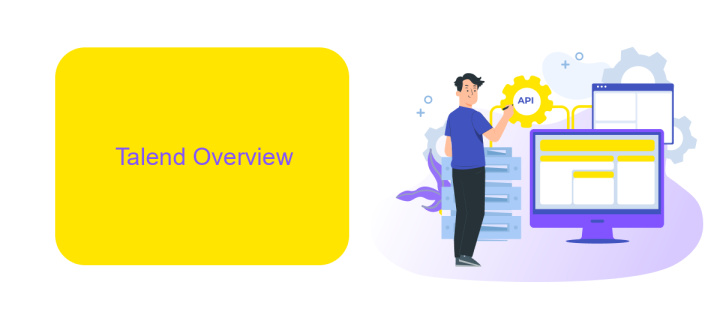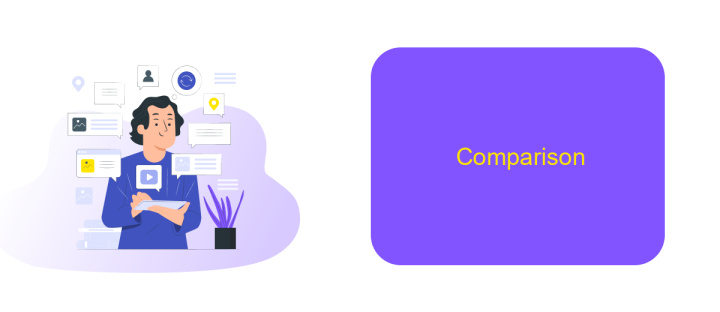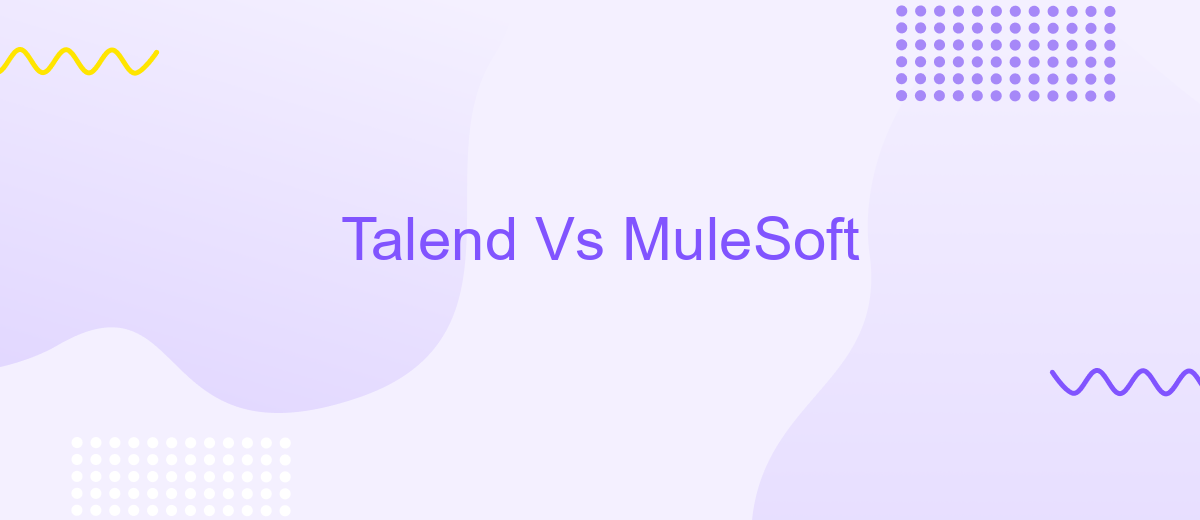Talend Vs MuleSoft
When it comes to data integration and management, Talend and MuleSoft are two of the leading platforms in the industry. Both offer robust solutions for connecting diverse data sources and streamlining workflows, but they cater to different needs and use cases. This article delves into a detailed comparison of Talend and MuleSoft, evaluating their features, strengths, and potential drawbacks.
Introduction
In today's fast-paced digital landscape, businesses require robust integration solutions to streamline their operations and enhance productivity. Talend and MuleSoft are two prominent players in the integration space, each offering unique features and capabilities. These platforms enable organizations to connect disparate systems, automate workflows, and harness the power of data to drive informed decision-making.
- Talend: Known for its open-source roots, Talend provides a comprehensive suite of data integration and management tools. It excels in data transformation, ETL processes, and big data integration.
- MuleSoft: MuleSoft's Anypoint Platform stands out for its API-led connectivity approach. It offers extensive API management, integration capabilities, and a robust ecosystem for connecting applications, data, and devices.
Both Talend and MuleSoft cater to different integration needs and technological landscapes, making it crucial for businesses to evaluate their specific requirements before choosing a platform. Additionally, services like ApiX-Drive offer versatile solutions for setting up integrations quickly and efficiently, further simplifying the process of connecting various systems and automating tasks.
Talend Overview

Talend is a powerful open-source data integration platform that enables organizations to connect, transform, and manage their data effectively. It provides a comprehensive suite of tools for data integration, data quality, and data governance, making it a versatile solution for handling complex data workflows. Talend's intuitive drag-and-drop interface simplifies the process of designing data pipelines, allowing users to integrate data from various sources, including databases, cloud services, and applications, without extensive coding knowledge.
One of Talend's standout features is its ability to support real-time data processing, ensuring that businesses can access up-to-date information for timely decision-making. Additionally, Talend offers robust data quality tools that help maintain the accuracy and consistency of data across the organization. For those looking to streamline their integration processes further, services like ApiX-Drive can complement Talend by automating the configuration of integrations, reducing manual effort, and enhancing overall efficiency. This combination of Talend's comprehensive capabilities and ApiX-Drive's automation services makes it easier for businesses to manage their data integration needs effectively.
MuleSoft Overview

MuleSoft is a widely recognized integration platform that facilitates the connection of applications, data, and devices across various environments. It provides a comprehensive suite of tools for designing, building, and managing APIs and integrations. MuleSoft's Anypoint Platform stands out for its ability to handle complex integration scenarios, offering robust API management, data integration, and connectivity solutions.
- API Design and Management: MuleSoft provides a complete lifecycle solution for APIs, from design and testing to deployment and monitoring.
- Data Integration: MuleSoft supports seamless data integration across on-premises and cloud systems, ensuring data consistency and reliability.
- Connectivity: The platform offers a wide range of connectors and templates to integrate with various systems, including SaaS applications, databases, and legacy systems.
MuleSoft's powerful capabilities make it a preferred choice for enterprises looking to streamline their integration processes. For businesses needing an alternative or complementary solution, ApiX-Drive offers a user-friendly interface for setting up integrations without coding, making it ideal for quick and efficient data synchronization between different services and applications.
Comparison

When comparing Talend and MuleSoft, it is essential to understand their core functionalities and how they cater to different integration needs. Talend is known for its robust data integration capabilities, offering a wide range of tools for ETL (Extract, Transform, Load) processes. MuleSoft, on the other hand, excels in API management and connectivity, enabling seamless integration across various platforms.
Both Talend and MuleSoft provide extensive support for cloud and on-premises integrations. Talend's open-source nature makes it highly customizable, whereas MuleSoft's Anypoint Platform offers a comprehensive suite for API-led connectivity. Additionally, both platforms support real-time data processing and have strong community and enterprise support.
- Talend: Strong ETL capabilities, open-source, customizable
- MuleSoft: Excellent API management, comprehensive Anypoint Platform
- Both: Cloud and on-premises support, real-time processing
For businesses looking to streamline their integration processes, services like ApiX-Drive can be invaluable. ApiX-Drive offers a user-friendly interface for setting up integrations without extensive coding, making it a suitable complement to both Talend and MuleSoft. By leveraging such services, organizations can achieve more efficient and scalable integration solutions.
Conclusion
When comparing Talend and MuleSoft, it is evident that both platforms offer robust solutions for data integration and API management. Talend excels in providing an open-source environment with extensive ETL capabilities, making it a preferred choice for organizations seeking cost-effective and flexible data integration solutions. On the other hand, MuleSoft stands out with its comprehensive API management and connectivity features, which are crucial for enterprises aiming to streamline their digital transformation processes.
Ultimately, the choice between Talend and MuleSoft depends on the specific needs and priorities of your organization. For those looking for a seamless way to automate integrations without extensive technical expertise, services like ApiX-Drive can be invaluable. ApiX-Drive simplifies the integration process, allowing businesses to connect various applications and services effortlessly. By leveraging these tools, companies can enhance their operational efficiency and focus on strategic growth.


FAQ
What are the main differences between Talend and MuleSoft?
Which tool is better for real-time data integration?
Can both Talend and MuleSoft be used for cloud integration?
What are the typical use cases for Talend and MuleSoft?
Is there a way to automate and simplify the integration process with these tools?
Apix-Drive will help optimize business processes, save you from a lot of routine tasks and unnecessary costs for automation, attracting additional specialists. Try setting up a free test connection with ApiX-Drive and see for yourself. Now you have to think about where to invest the freed time and money!

